The Twitter Spam Accounts Drama
5 min. read
Published on
Read our disclosure page to find out how can you help MSPoweruser sustain the editorial team Read more
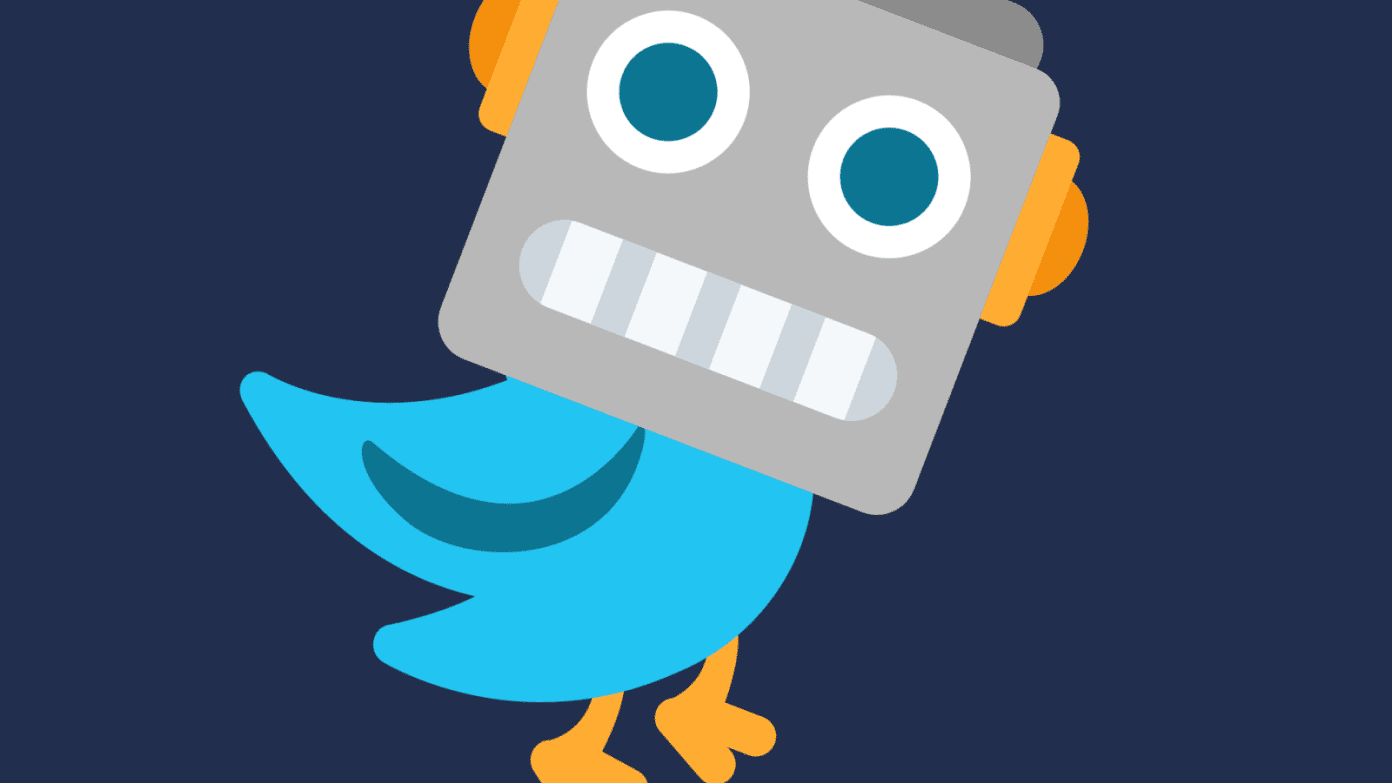
So how do advertisers know what they’re getting for their money? This is fundamental to the financial health of Twitter.
— Elon Musk (@elonmusk) May 16, 2022
The news about Elon Musk acquiring Twitter made a huge noise in the company, causing numerous meetings and announcements, employers fearing the possibility of layoffs, and, of course, more Musk tweets. Then, one tweet from the SpaceX and Tesla CEO made a louder boom: “Twitter deal temporarily on hold pending details supporting calculation that spam/fake accounts do indeed represent less than 5% of users.” Then, Twitter CEO Parag Agrawal gave us a thread of tweets tackling the issue and how the company handles it. Musk’s initial response? A poop emoji.
Twitter and bots: What makes fake accounts tricky for the blue bird app?
Parag Agrawal made a detailed explanation of what challenges Twitter is really facing with bots on Twitter. These bots are not simply what we think of them. They can be complex in terms of types and their behaviors. According to him, they can be a combination of automation and human coordination, and they even compromise real accounts, making things more complex than they already are. With this, the Agrawal clearly stresses that the solutions for fighting them are “dynamic,” and the bots do the same: they also evolve. “You can’t build a set of rules to detect spam today, and hope they will still work tomorrow. They will not,” the tweet reads.
Agrawal reports that the company suspends more than half a million accounts daily and locks millions of spam-suspected accounts every week. Apparently, challenges remain despite the sophisticated system Twitter has built to stop these fake accounts.
“The hard challenge is that many accounts which look fake superficially – are actually real people. And some of the spam accounts which are actually the most dangerous – and cause the most harm to our users – can look totally legitimate on the surface. Our team updates our systems and rules constantly to remove as much spam as possible, without inadvertently suspending real people or adding unnecessary friction for real people when they use Twitter: none of us want to solve a captcha every time we use Twitter. Now, we know we aren’t perfect at catching spam. And so this is why, after all the spam removal I talked about above, we know some still slips through. We measure this internally. And every quarter, we have estimated that <5% of reported mDAU for the quarter are spam accounts.”
How do we know the appropriate estimate of Twitter bots?
Independent researchers say that more than 20% of accounts on Twitter are fake. This is a huge number compared to the 5 percent Twitter is claiming for its 226 million monetizable daily active users during the first quarter. If proven true, this means a big loss for Musk, who is offering to buy the company for $44 billion, which is more than the actual worth of Twitter.
With this, Parag Agrawal and his team are in great need to prove the numbers. According to him, the company follows a specific set of standards to produce the estimates and determine the real accounts from those that are not.
“Our estimate is based on multiple human reviews (in replicate) of thousands of accounts, that are sampled at random, consistently over time, from *accounts we count as mDAUs*. We do this every quarter, and we have been doing this for many years,” says Agrawal in the tweet. “Each human review is based on Twitter rules that define spam and platform manipulation, and uses both public and private data (e.g., IP address, phone number, geolocation, client/browser signatures, what the account does when it’s active…) to make a determination on each account … Our actual internal estimates for the last four quarters were all well under 5% – based on the methodology outlined above. The error margins on our estimates give us confidence in our public statements each quarter.”
The problems
Twitter is using private data to properly determine the actual spam accounts on its platform. The problem is that this type of data can’t be shared by Twitter with external researchers. With this, the claims that the platform has higher numbers of bots can’t be validated externally.
Here is another problem in connection with that: Twitter is the only one that can basically say the exact number of bots it has. If it wishes to, it can expand the number for its own benefit to attract investors, get more attention, and much more. Enters Musk with his poop emoji.
“So how do advertisers know what they’re getting for their money?” Asks Musk. “This is fundamental to the financial health of Twitter.”
Musk has all the right to ask the question. After all, he will be the one buying Twitter. But, somehow, it makes you question the man’s action. For someone who is a billionaire (and the world’s richest man), a business-minded individual, and a man with all the power to hire a financial team, isn’t it weird for him to ask this? In short, why would you buy something you don’t have a full idea about? Or maybe, he really knows how things go. So, is it just Musk trying to get out of the initial deal or hoping to renegotiate the bid at a lower price? That’s what people think, especially with last week’s dropping share value of Twitter.
So, what’s the real reason behind this drama? We can only tell once the bid is fully finalized or withdrawn.

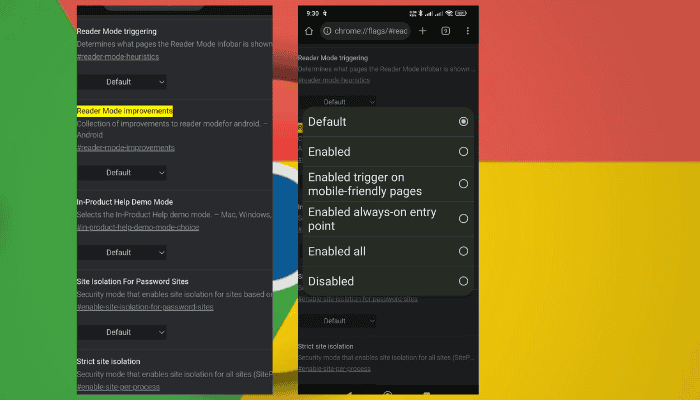

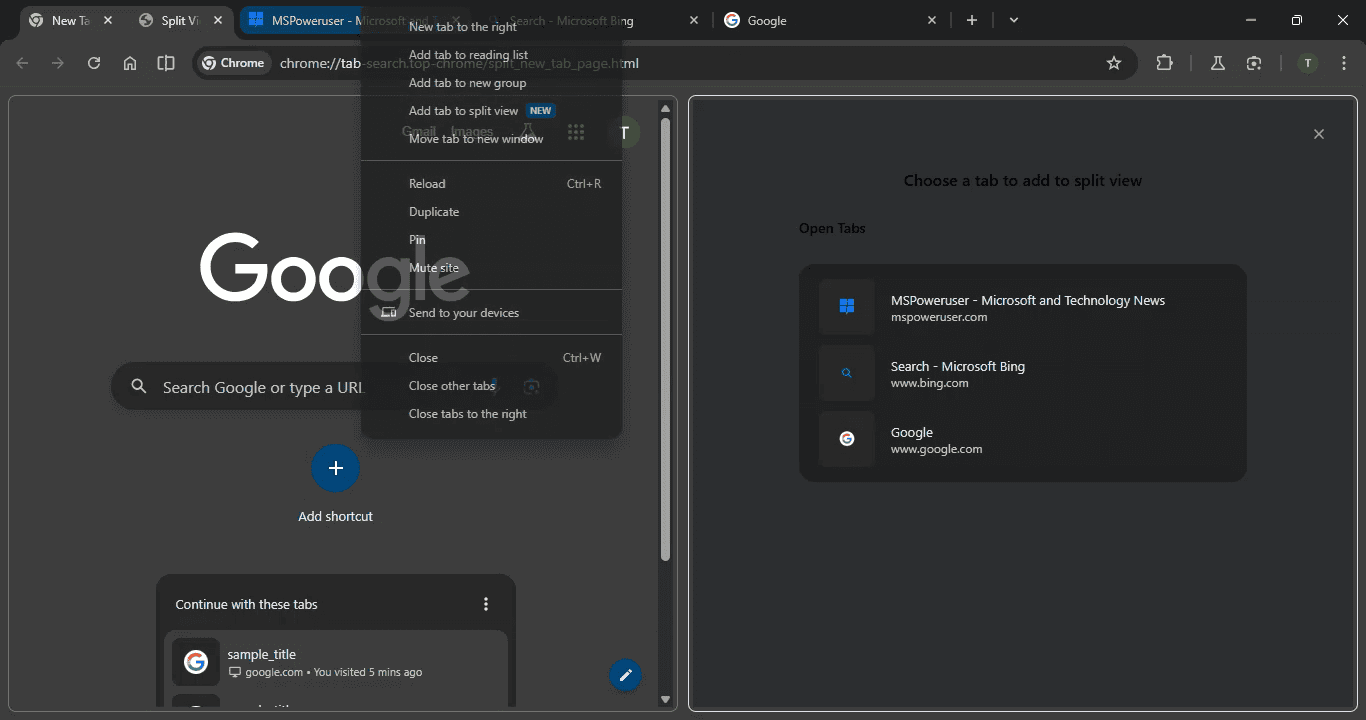
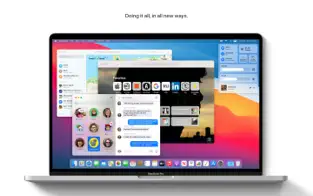
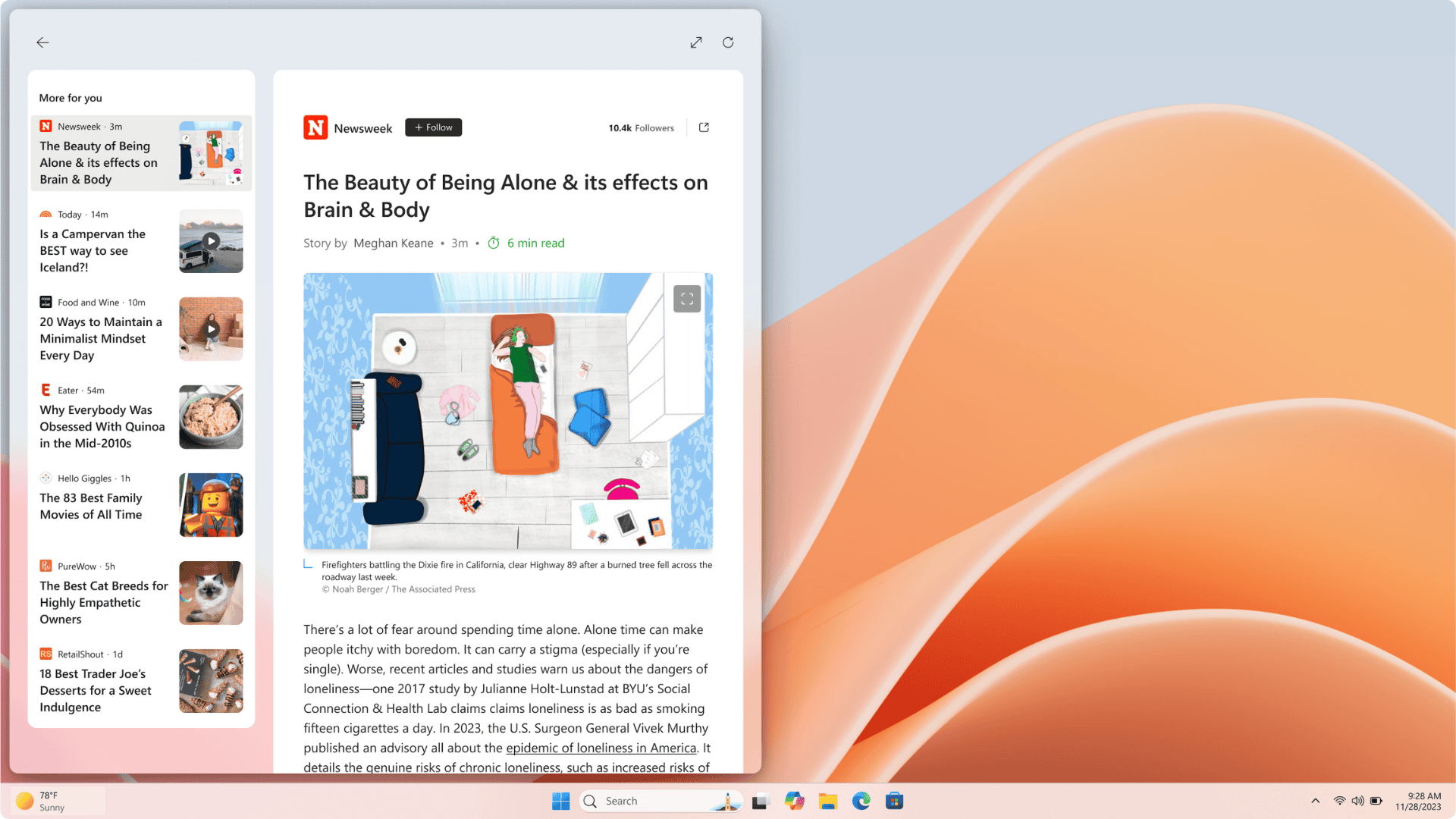
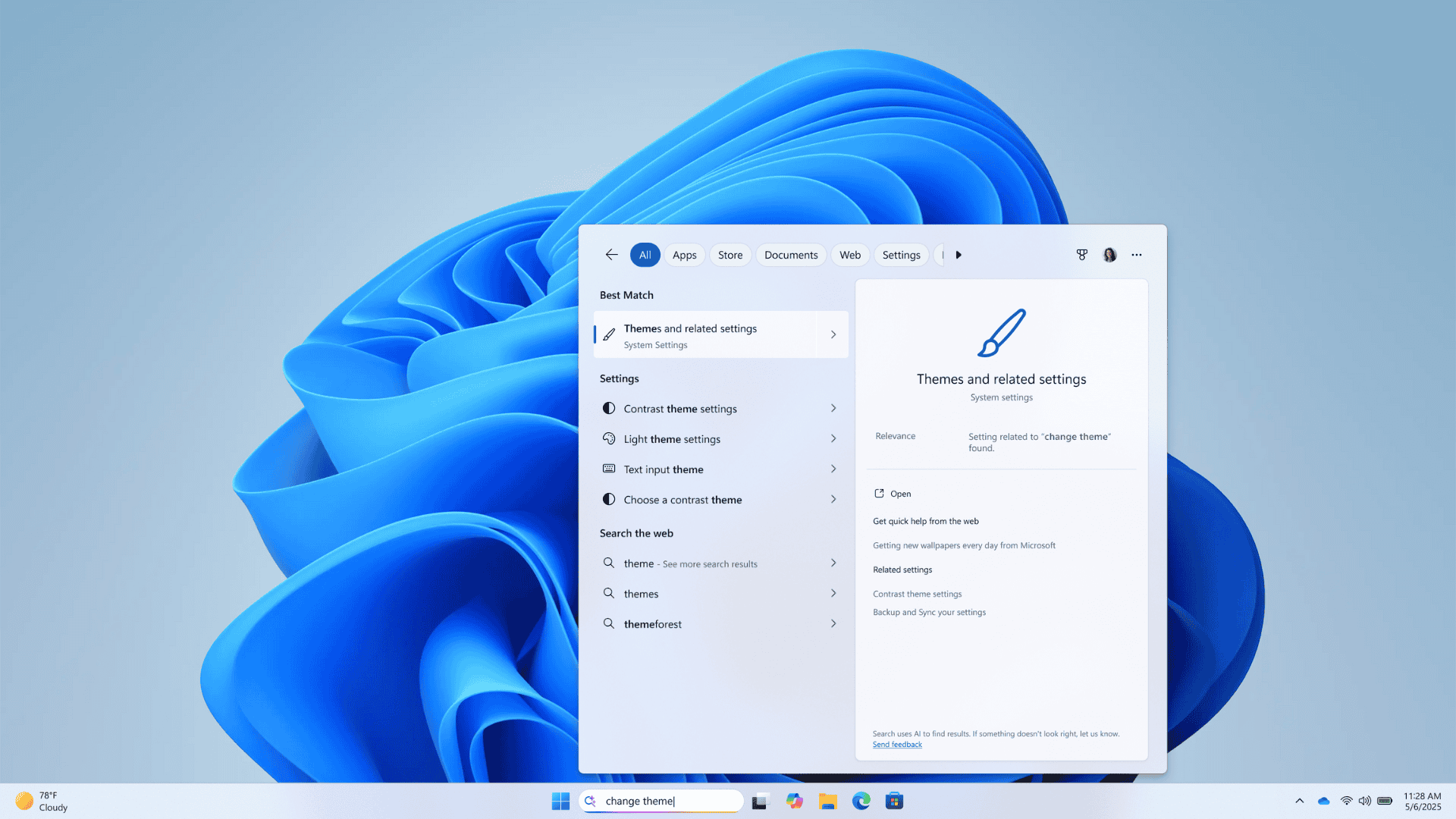
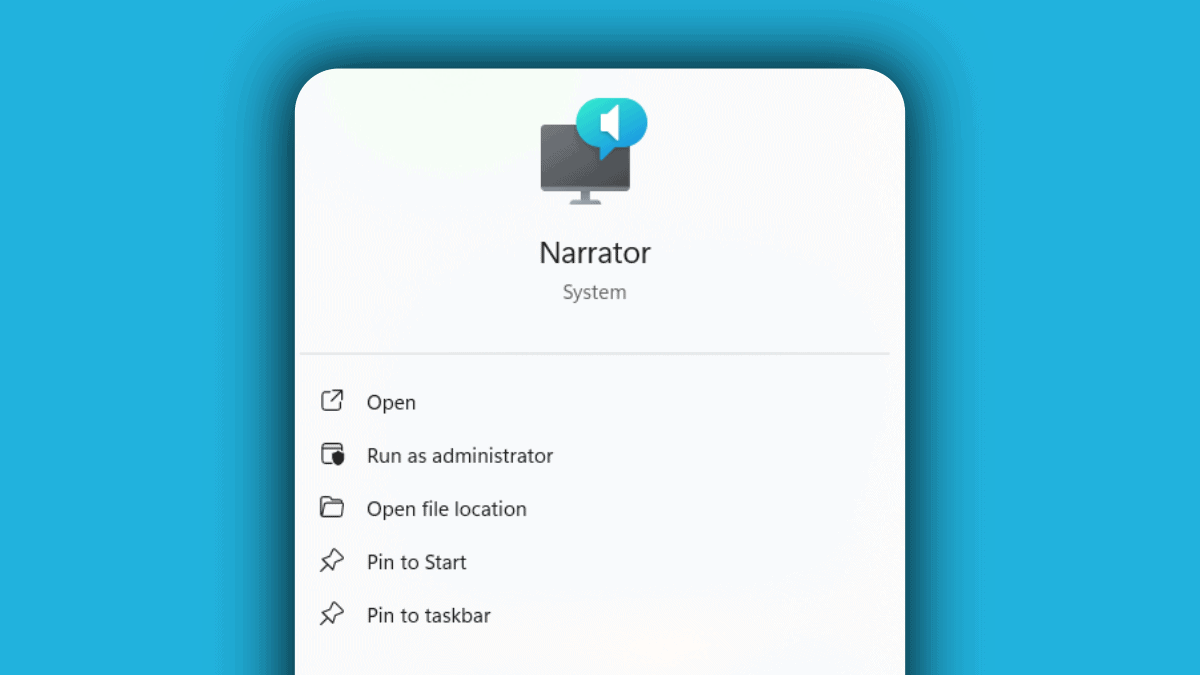
User forum
0 messages